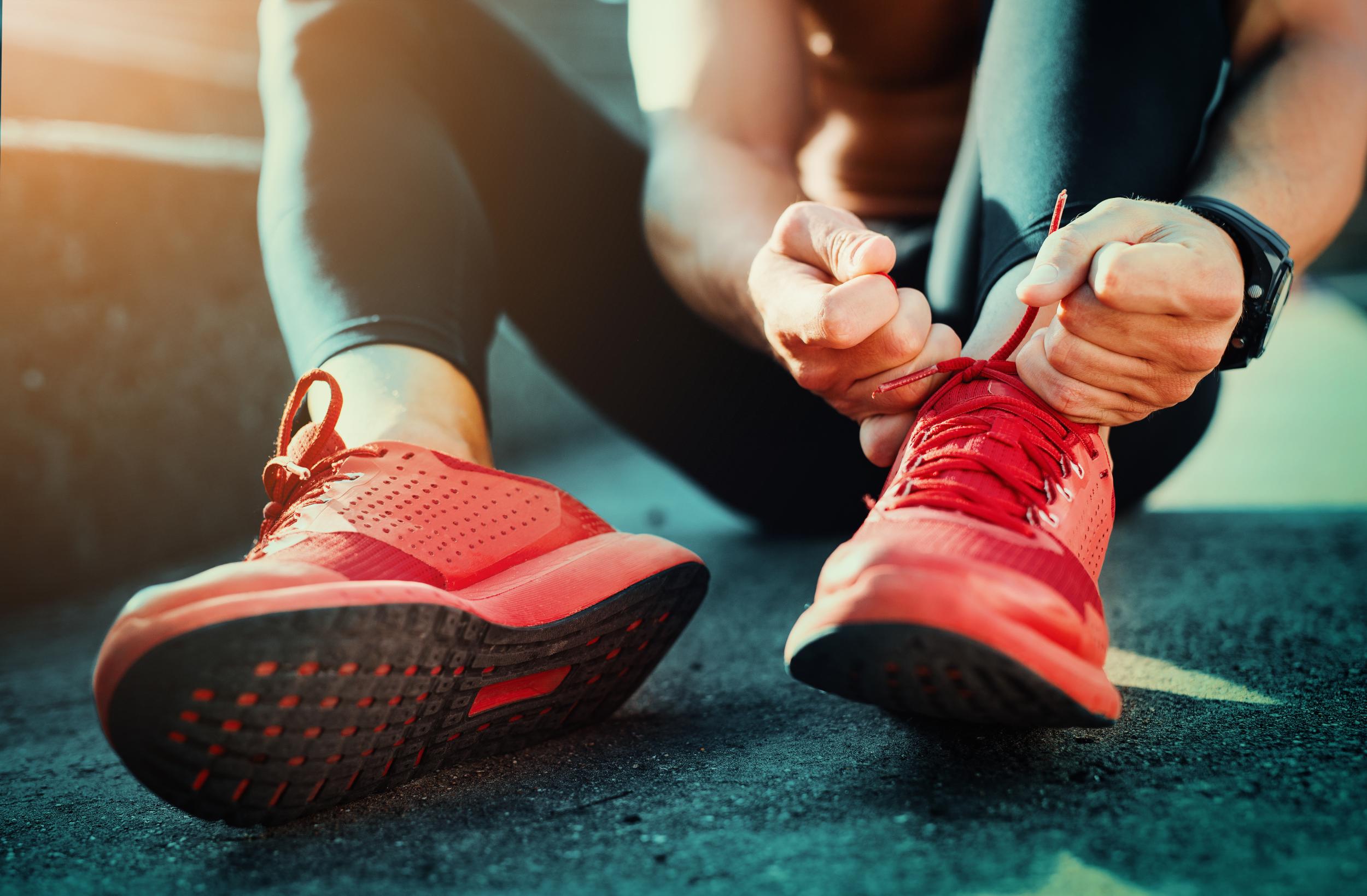The Independent's journalism is supported by our readers. When you purchase through links on our site, we may earn commission.
How many miles does it take to wear out your trainers?
‘Run Forest, run!’

When the treadmill is racking up a higher mileage than your car, it's time to invest in a shiny new pair of sneaks.
Running is a brilliant way to spend a sunny afternoon, but regularly changing your trainers, or alternating between pairs, is crucial to maintaining good technique and avoiding injury.
Whilst you might enjoy the "rustic" look on your runs, putting too much faith in those vintage hand-me-downs can lead to a whole host of problems including shin splints, back pain and collapsed arches.
“Like most things, running shoes have an expiry date,” Michael Moore, Technical Representative at ASICS, told The Independent.
“By using your sports shoes five times a week, the cushioning and technology in the shoe will tire. Running shoes for example, tend to last in between 300 to 500 miles depending on how well you care for them."
When it comes to testing the quality of your shoe, there's more than meets the eye.
"Although the shoes may aesthetically look sound, the internal cushioning and technology may be offering your feet very little support which can cause injuries,” Moore explained.
Physiotherapist on behalf of Simplyhealth Jenny Blizard agrees that the mileage of a trainer can depend on a variety of factors, such as weight and foot strike.
“Runners who are light on their feet and use the whole of the sole rather than hotspots will get more mileage out of the shoe. I see too many people in a control shoe (which is unnecessary) who don't get the appropriate mileage out of the shoe because they roll onto the outside too much,” she told The Independent.
She added that someone who is eight stone will get more mileage out of a shoe than someone who is 19 stone.
Unsure as to whether or not your trainers need replacing? Here are the key things to look out for, as suggested by Blizard:
- If the tread on the outer sole has become smooth in places
- If you can see wrinkles appearing on the mid-sole and the material feels hard when you try and prod it.
- If you can’t spring the forefoot back to its original shape.
She also gave some tips for maintaining the longevity of your trainers:
- Do not put them in the wash, instead wash with soapy water.
- If you run five or six days per week then invest in another pair of shoes. On consecutive running days the mid-sole can compress and giving the shoes time to expand between runs will help lengthen the life.
- Keep your shoes in a warm and dry place to allow the mid-sole to expand between runs.
- Only use your running shoes for running, not going to the gym, gardening or browsing round the shops!
In terms of finding the best trainers for you, experts agreed that it’s worth seeking out gait analysis, whereby professionals analyse the way you walk and run and can subsequently advise you on which shoe is most appropriate for you.
“It allows runners to understand the way in which they run or walk. Even if you are only beginning to train for your first 5k or are targeting a marathon PB, gait analysis allows you to understand what shoes your feet would be most suitable to,” Moore explained.
Gait analysis is offered in most major running specialist shops, like Runner’s Need, and some athletic brands like ASICS and Nike offering it in store.
Join our commenting forum
Join thought-provoking conversations, follow other Independent readers and see their replies
Comments